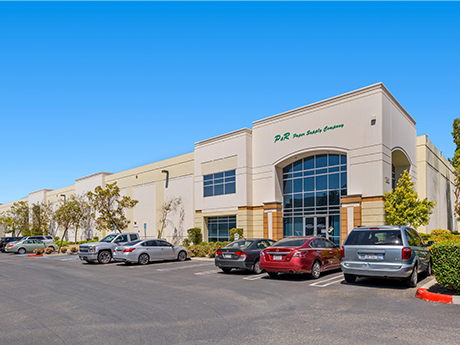— By Mark Lewkowitz, Executive Vice President, Colliers —
The current interest rate environment has seemingly slowed the investment sales volume down, but strength remains with user sales. Over the last two years, users were more frequently being outbid for industrial properties (partially stabilized and vacant). Now, with the investment herd very thin, it has allowed users and buyers to take a crack at the opportunities. The users face the same hurdles where the cost of capital is not cheap, but it is more palatable when their business pays the mortgage or rent. I anticipate vacancies ticking up through Q4 2024, but beginning in Q1 2025, I feel confident we will see transaction frequency rise. In turn, the vacancy rate will lead to a softening of rental rates and increased concessions, but the fundamentals are strong for the industrial market, and it will turn on a dime in Q1 2025.
Majestic Sunroad continues progressing significantly with the Landmark at Otay projects, delivering roughly 845,000 square feet by Q4 2024. Their projects are significant because they are among the first with 36’ clearance heights and trailer parking, something the market has not seen. Phelan Development has also introduced some incredibly functional 32’ warehouse buildings for purchase. These single, free-standing buildings have their own private secured truck court, which is ideal when applying for the Customs-Trade Partnership Against Terrorism (CTPAT) and Customs licensing (moving freight across the Border). Typically, larger buildings with more clearance height are found in Otay Mesa due to central San Diego’s vacancy rate remaining sparse. Majestic Sunroad, Phelan, Badiee, and ARES present multiple options for leases above 40,000 square feet, and Rexford is near completion with a trophy warehouse property in the coveted Kearny Mesa submarket.
Whether the market leans in favor of landlords or tenants depends on the property size. San Diego has historically been a smaller market when compared to the Inland Empire, Los Angeles, Phoenix, and Las Vegas. The smaller units still command a strong rent, and we have yet to see rental rates drop for spaces under 20,000 square feet. The larger blocks of space (where most of the new industrial product vacancy is) seem to have softened a bit. The heightened competition to secure tenants leads to a reduction in rental rates and concessions. When considering the increased requirements of today’s tenants, we’re seeing varied offerings dependent on property size and locale. Typically, for larger spaces, upwards of 50,000 square feet, tenants require at least half a month’s free rent for every year signed. Additionally, many demand more tenant allowances, with requirements of early occupancy. For the most part, where square footage decreases, the concessions shrink to a minimum, if any are offered at all.
Overall, the vacancy rate is healthy. The last three years’ bull run could not continue forever, and it seems we are back to normal. While the Buyer/Tenant demand is slower, I’m optimistic that things will change by early 2025. Mexico continues to strengthen its importing into the U.S. with nearshoring; the NAVY is not going anywhere, especially amid growing tensions in Asia. I’m bullish that the need for industrial/warehouse space in San Diego will pick back up shortly.


